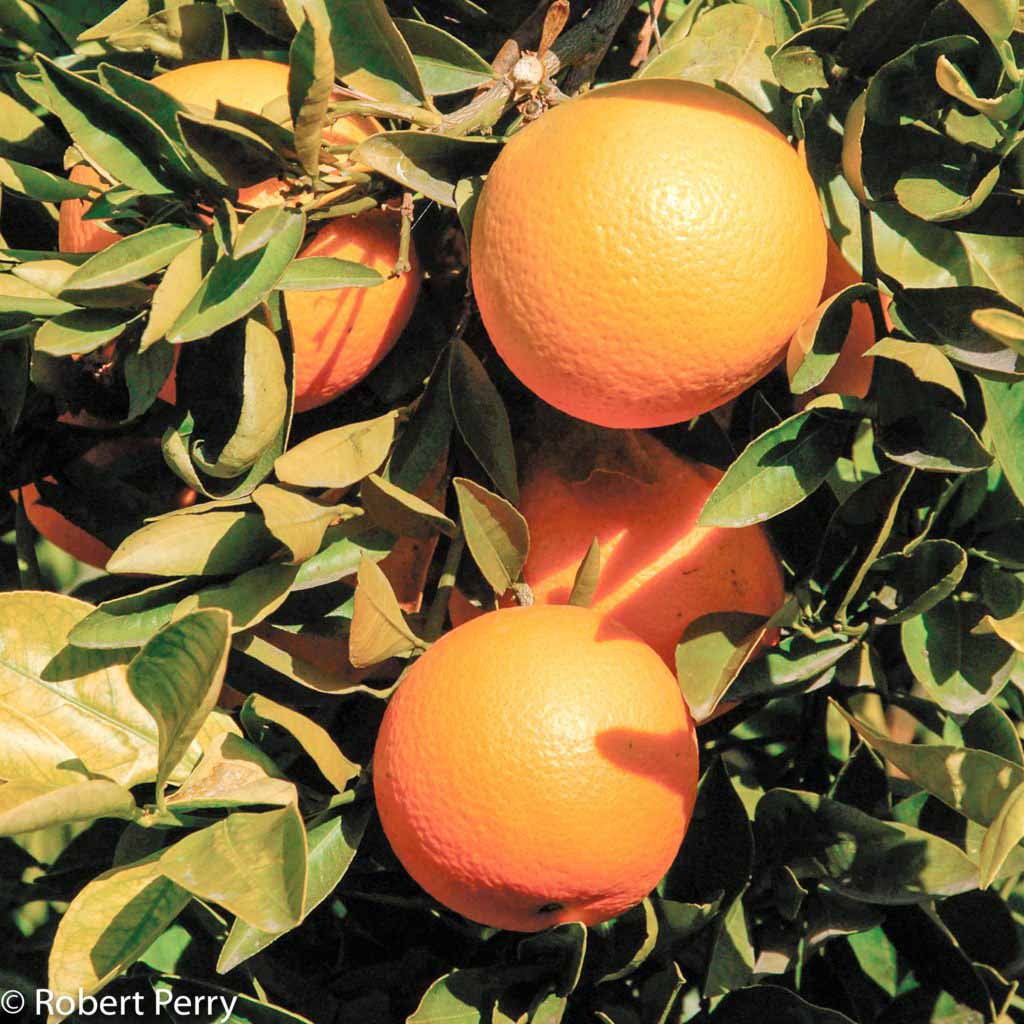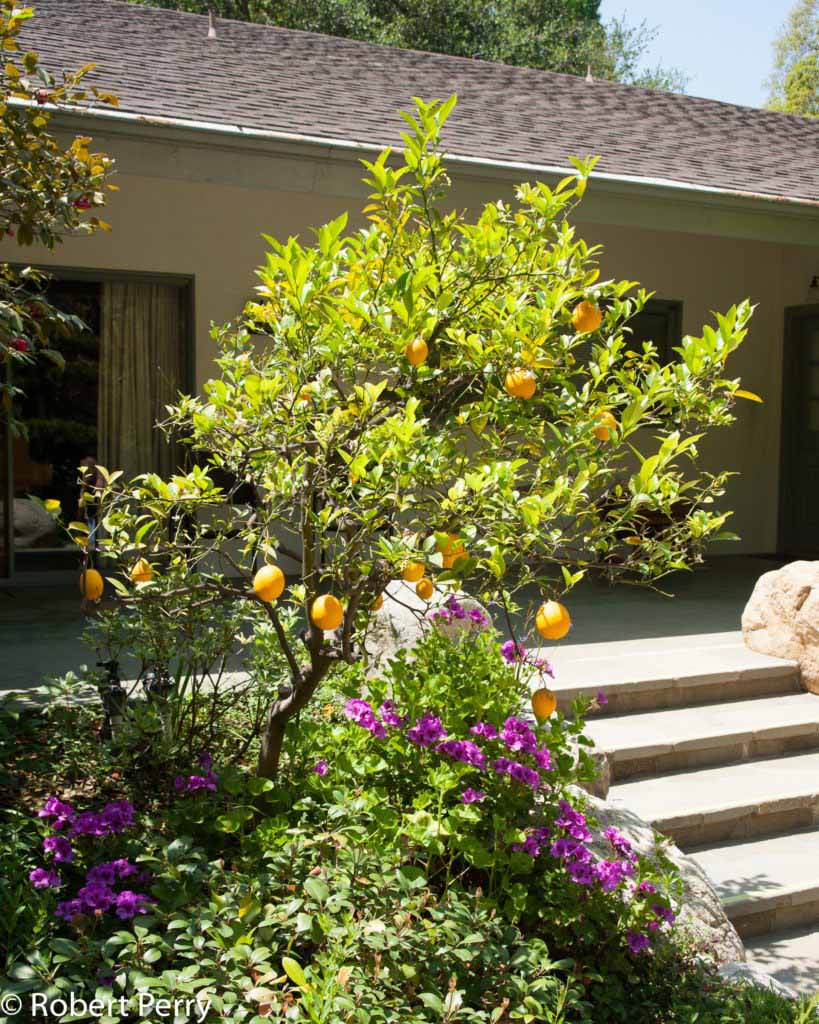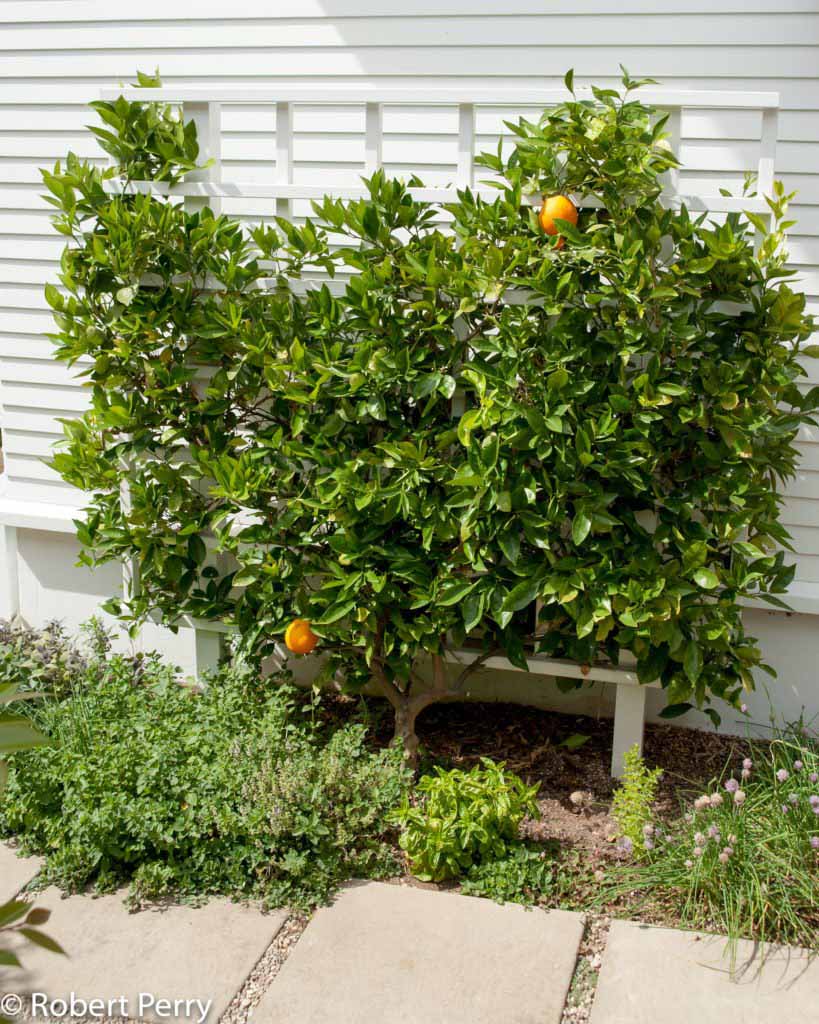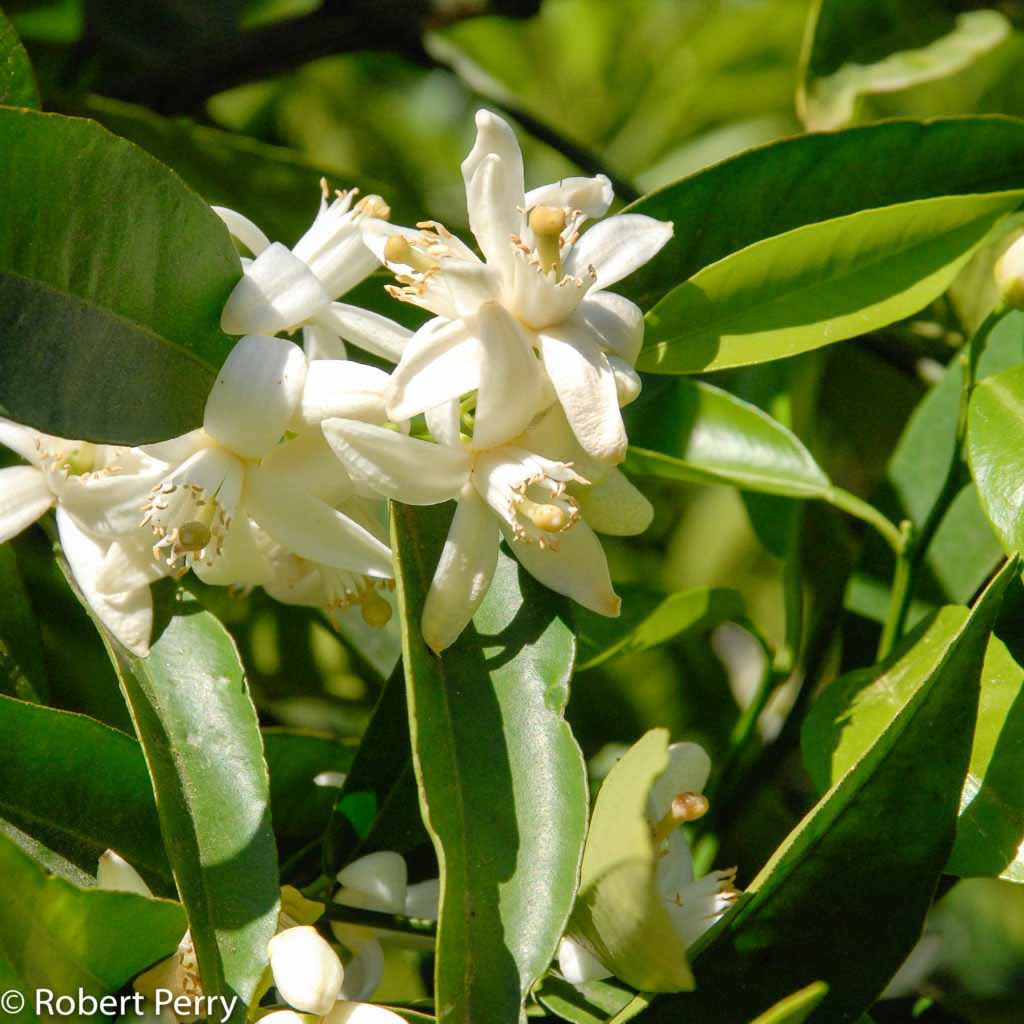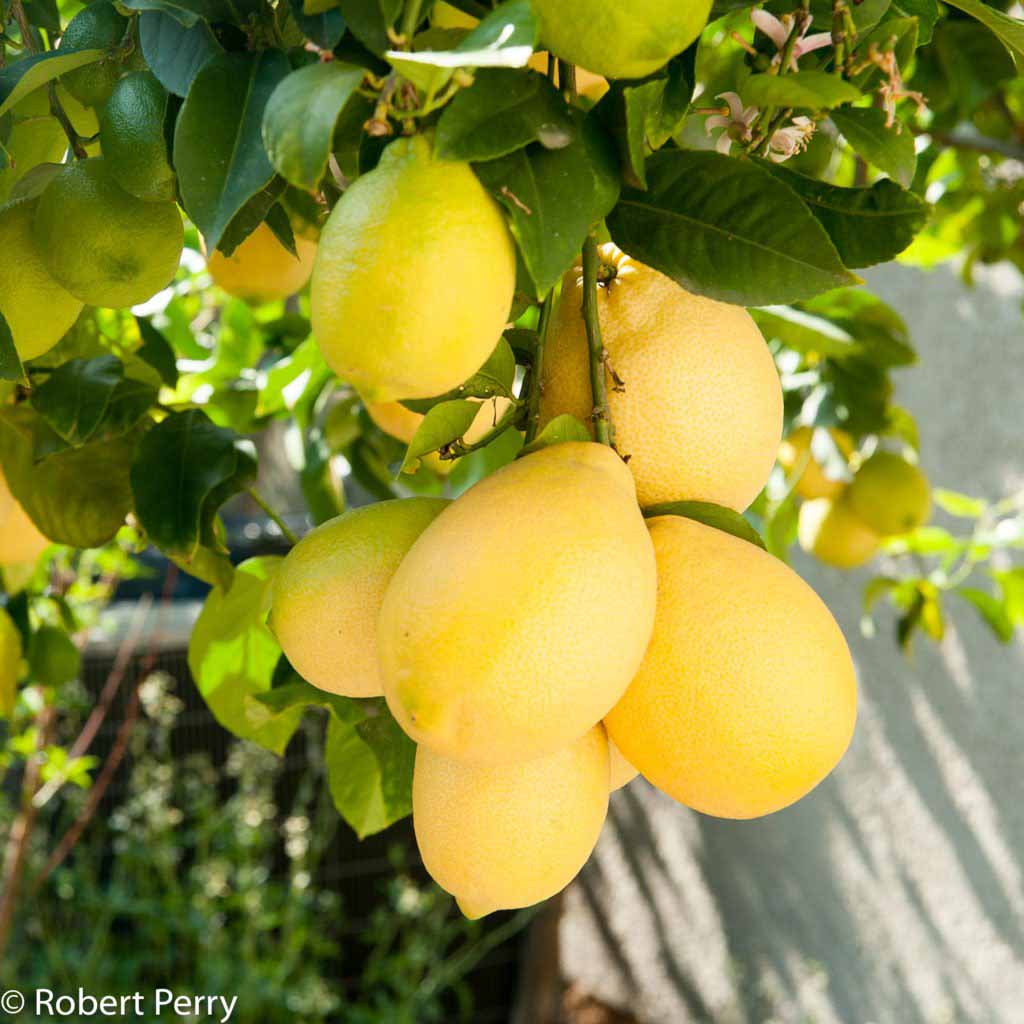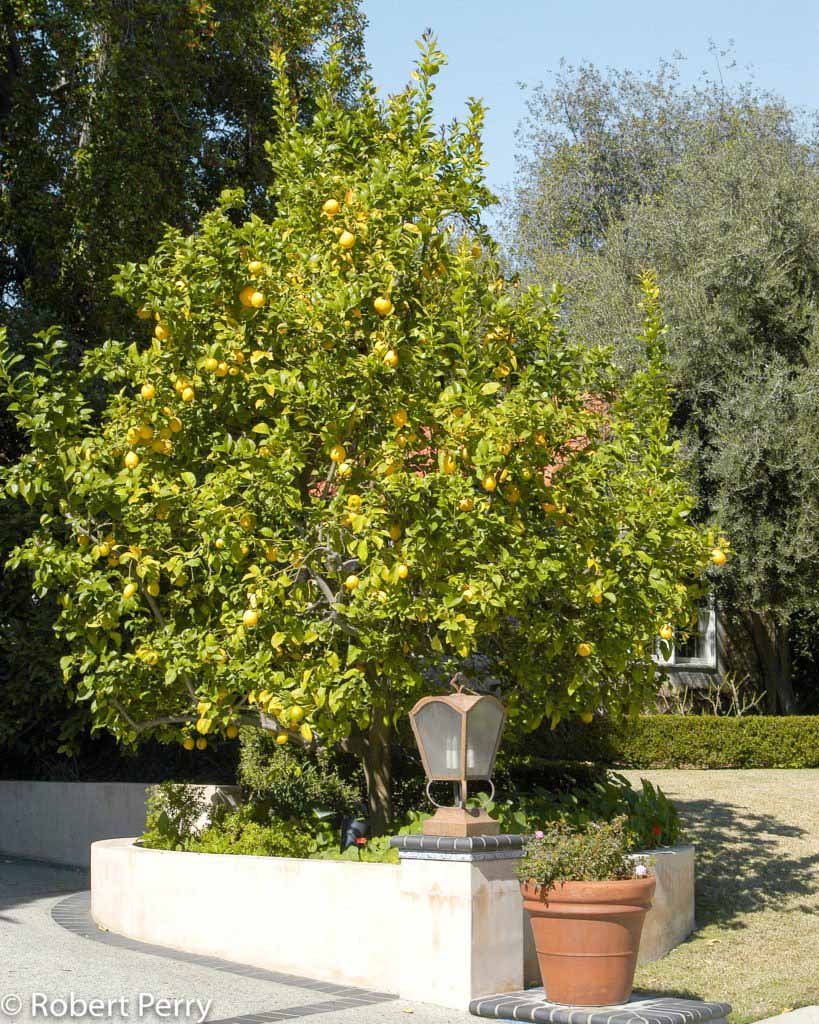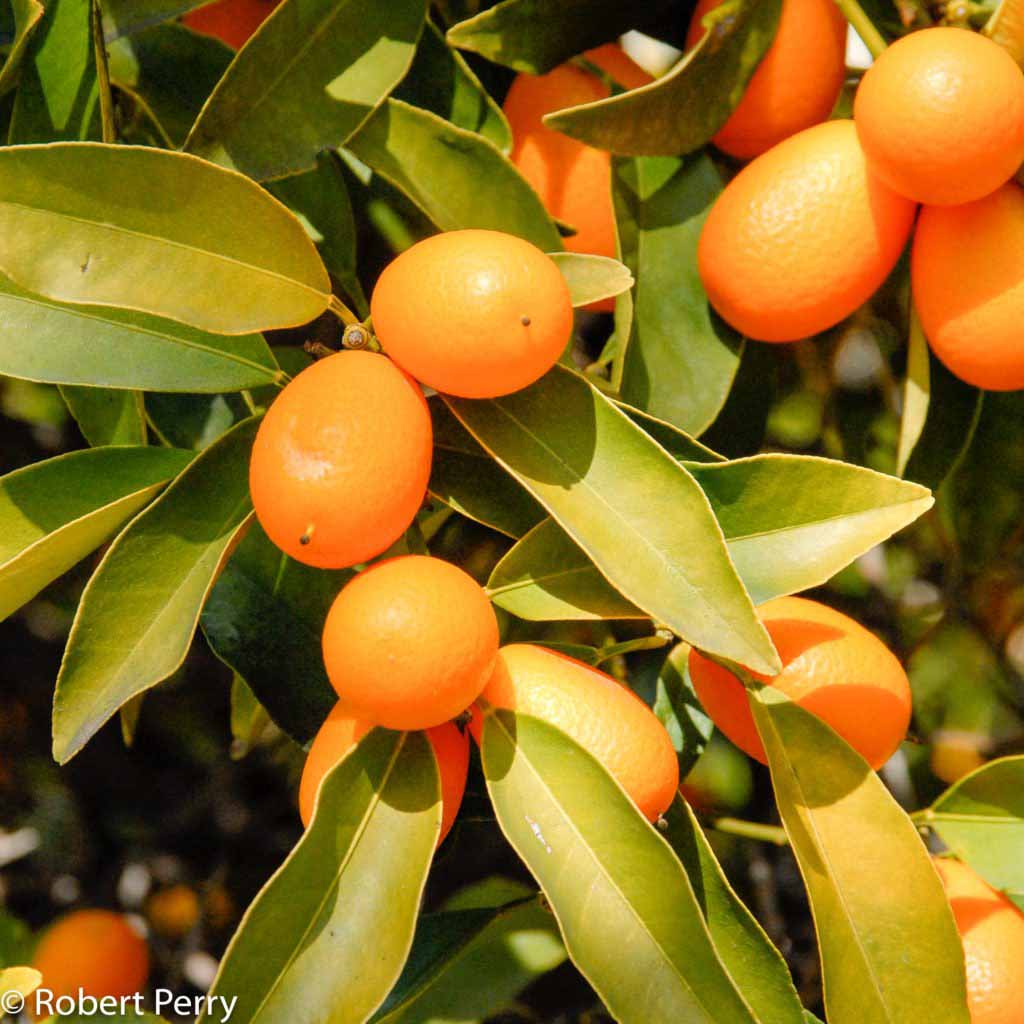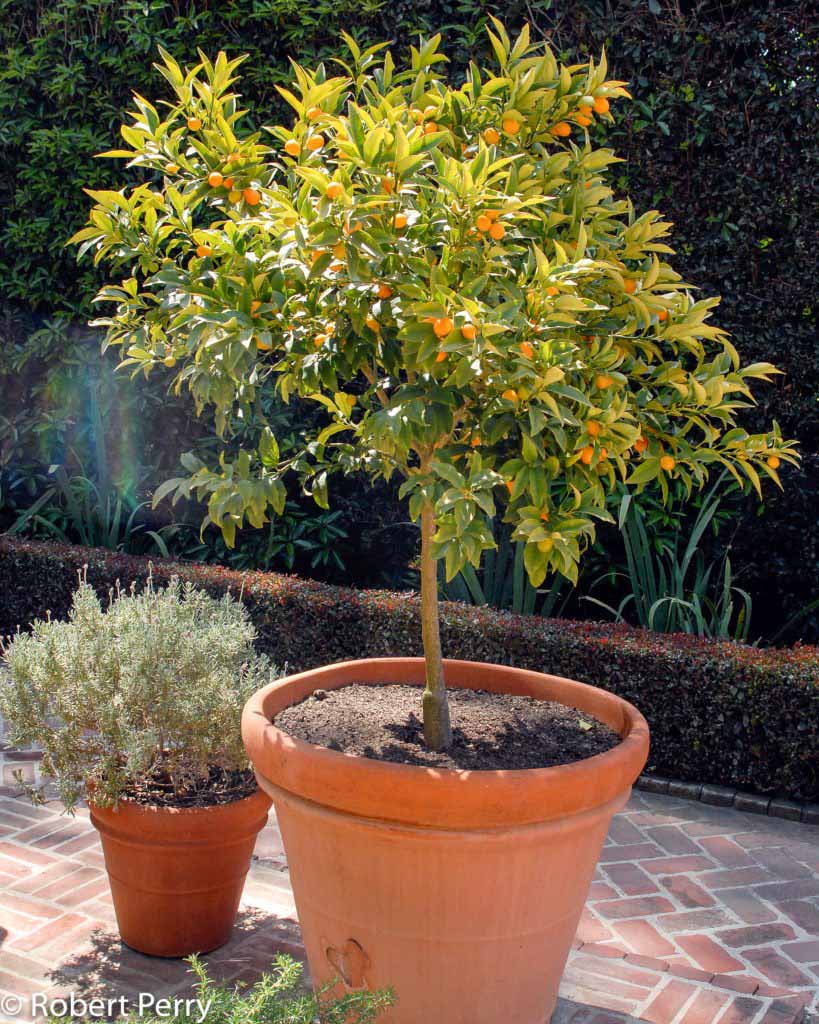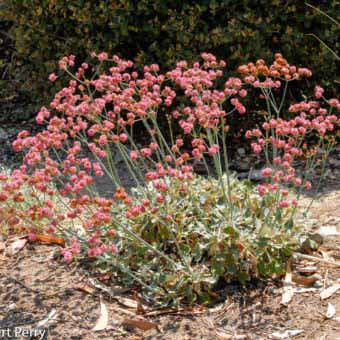Citrus have been in cultivation for centuries and are widely planted throughout mild and warm climate regions of the world. Both flowers and fruit are valued in landscapes and gardens; flowers provide a sweet spring-time fragrance and fruit are valued for eating and in juice production. Their long history of cultivation has led to many variations in fruit types for both agricultural and garden plantings.
Citrus for our gardens are available from most garden centers and nurseries across the Inland Empire. Some varieties are available as dwarf, compact or standard sizes that fit different sizes of spaces. All grow best with good sun exposure, loam type soils and with regular moisture throughout the year. Flowering produces a lot of sweet fragrance and occurs from mid-winter to early spring. Citrus develop shallow root systems that benefit from a surface mulch cover; avoid soil compaction and understory planting around citrus. Citrus are seen as increasing the benefits and productivity of plants in our gardens and an appropriate use of water.
Several popular varieties of citrus for landscape and garden use and edible fruit are: Orange ‘Valencia’ is a vigorously growing full size tree to 25 ft. tall and as wide. It has a sweet thin-skinned fruit that is excellent for juicing; Lemon ‘Eureka’ is a full size tree, 15-20 ft. tall with thorns. Its fruit has a thick skin, is deep yellow in color and is a top commercial variety; Grapefruit ‘Oroblanco’ is a full size tree, 15-25 ft. tall. Fruit is thick skinned and considered the best tasting white-fleshed grapefruit that is sweet and seedless; Kumquat ‘Nagami’ is a small tree to 15 ft. tall. Fruit has a sweet skin, sour flesh and many seeds. It is often grown as a container plant. Again, there are many choices to explore and variations in sizes and productivity.
